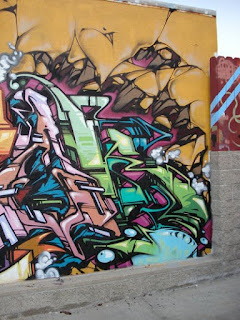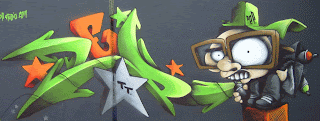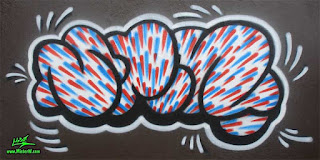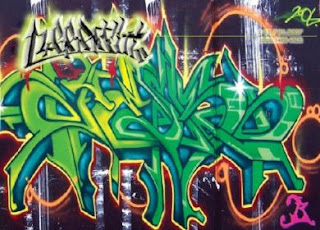I was a passenger in my daughter-in-law's car on our way to a park recently when she asked, "Is it on the left?"
"Yes." I replied. But as she switched lanes I realized I was wrong; I hadn't consulted my wrist.
I have a scar on the inside of my right wrist that tells me which is my right hand, and therefore which way is right. I apologized to my DIL and explained what was going on. "You don't know your right from your left?" she asked (sounding just a tad judgemental.) And I had to say yes, it's true, much to my shame and dismay.

Just as some people make a writing motion to remember which is their right hand, I depend on my scar.
I got the scar when I was seven and accidentally put my hand through a pane of glass. And because of my early dependence upon it, I never learned right from left. If someone asks me which way to go I just reflexively flip my wrist and look at the scar.

I related this quirk to a friend a while back and she said, "But don't you have a sense of the right side of your body, and the left side of your body?"
I'd never thought of it like that.
I'd always thought of right and left as being something "out there." Not as something that was a part of me.
So, in order to be better at telling left from right I've been looking down at myself lately and consciously thinking "here is my right" and "here is my left." I've been trying to get this idea ingrained in my sense of what's what. And it has been helping; I'm much better at telling right from left than I used to be, except when the pressure is on.

It's just like math anxiety - which makes me unable to add 2 plus 2 if I'm under pressure to do so, or if someone is looking at me expectantly. My brain just refuses to concentrate in a situation like that. It's too busy thinking "Math - accckkkkkk!" to actually do any math.
Same goes for right and left. If I'm nervous or on the spot I'll get flummoxed. There have been times when I've consulted my wrist and still couldn't tell right from left because I was too distracted with embarassment to remember which hand the scar was on!

I spent a lot of time in community theater and always had a hard time knowing stage right from stage left. When I directed I had to keep a chart in front of me - a fact I kept hidden. My shameful little secret.
How do you tell right from left? Is it something you just never have to think about, or do you have some little reminder? How did you learn it as a kid? This must have been something I missed out on.


























